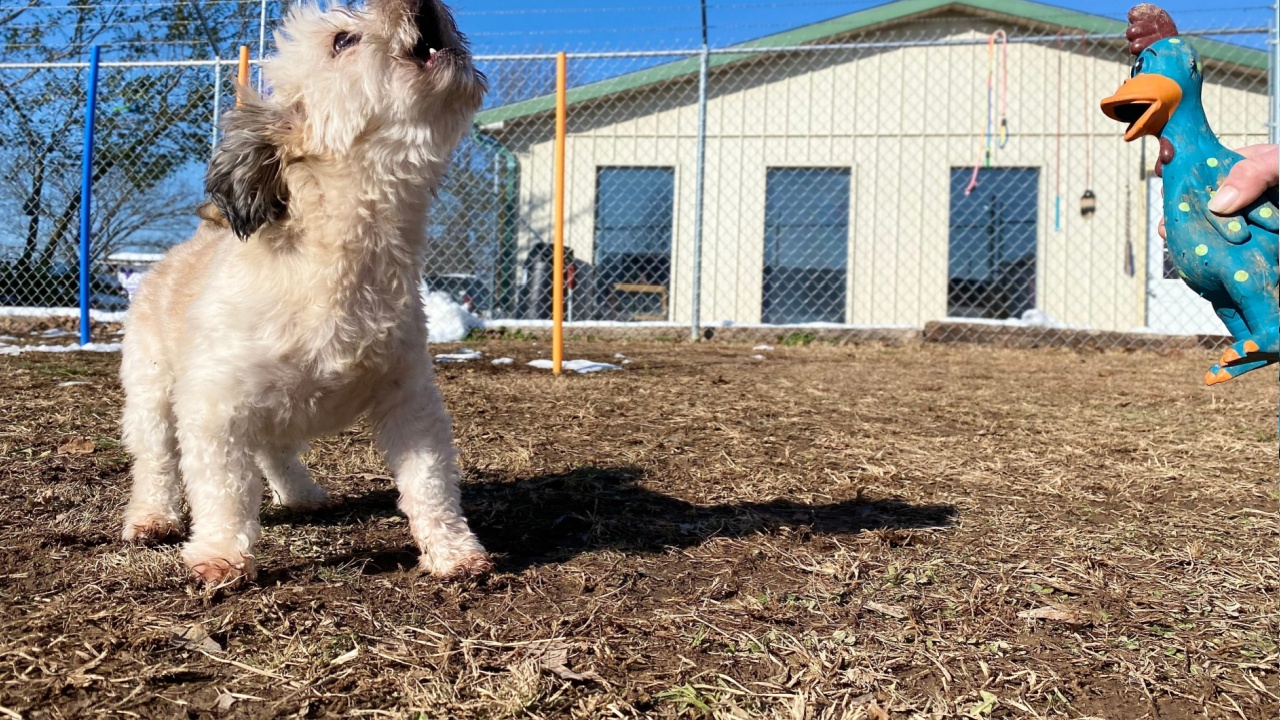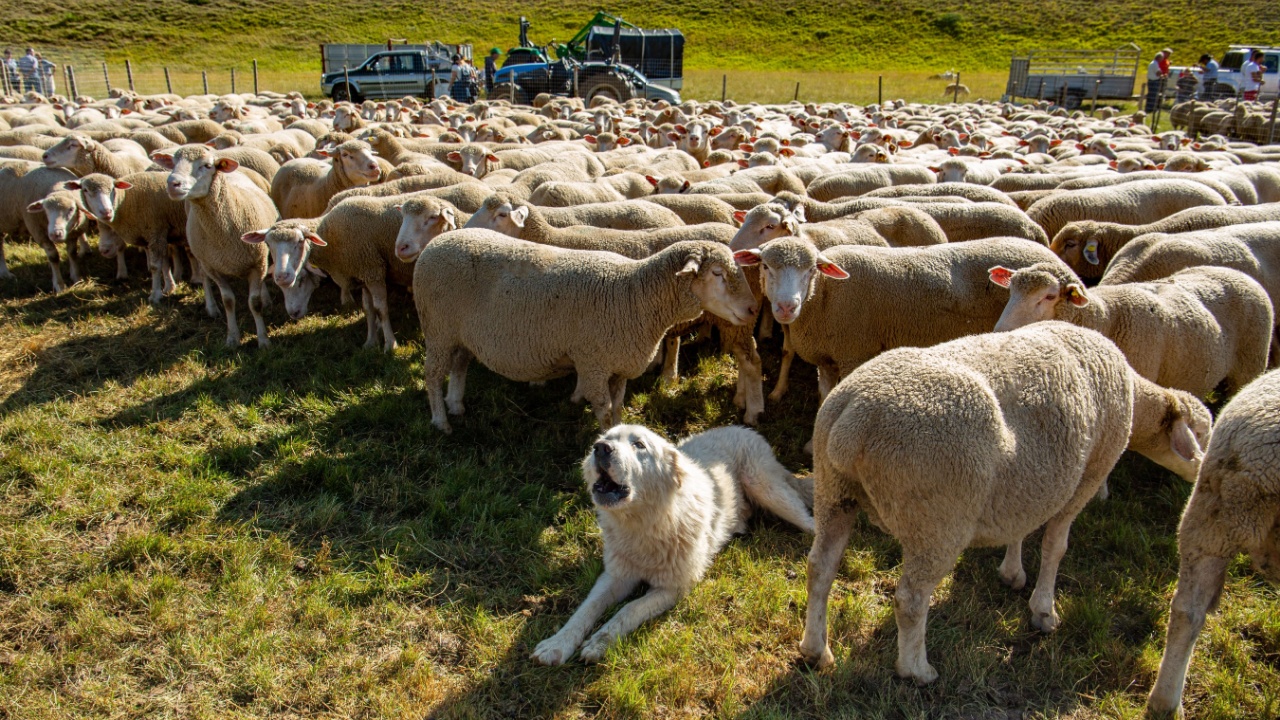Dogs communicate in many ways, but barking is one of their most common forms of expression. Deciphering your dog’s barks can help you understand their needs and emotions better, creating a stronger bond between you and your furry friend. Here are 15 ways to understand what your dog’s bark might mean.
1. The Friendly Bark

A friendly bark is usually short and accompanied by a wagging tail. This type of bark is often used when your dog greets you or meets new people. It means they are happy and excited.
2. The Alarm Bark

An alarm bark is sharp and rapid, often repetitive. Dogs use this bark to alert their owners to something unusual or unfamiliar in their environment. It’s their way of saying, “Pay attention!”
3. The Demand Bark

This bark is loud and insistent, often aimed directly at you. It can mean your dog wants something, like food, a toy, or to go outside. It’s their way of making a request.
4. The Playful Bark

A playful bark is high-pitched and accompanied by a wagging tail and playful posture. Dogs use this bark when they want to play or are already engaged in play. It’s a sign of joy and excitement.
5. The Warning Bark

A warning bark is low and growly, sometimes combined with growls. Dogs use this bark when they feel threatened or need to protect their territory. It’s a signal to stay back.
6. The Anxiety Bark

An anxious bark is often whiny and repetitive. Dogs use this bark when they are feeling stressed, lonely, or scared. It can happen when they are left alone or during thunderstorms.
7. The Pain Bark

A pain bark is sharp and sudden. Dogs use this bark when they are hurt or feeling unwell. It’s their way of letting you know that something is wrong with them physically.
8. The Attention-Seeking Bark

This bark is persistent and aimed at getting your attention. Dogs use this bark when they feel neglected or want you to notice them. It often means they need some love and care.
9. The Boredom Bark

A bored bark is monotonous and repetitive. Dogs use this bark when they have nothing to do and are feeling restless. It’s a sign that they need more mental and physical stimulation.
10. The Excitement Bark

An excitement bark is high-pitched and rapid, often accompanied by jumping and wagging. Dogs use this bark when they are overly excited about something, like a favorite toy or a walk.
11. The Frustration Bark

A frustrated bark is loud and comes with a tense body posture. Dogs use this bark when they are blocked from something they want or can’t get their way. It’s a sign of their impatience.
12. The Social Bark

A social bark is varied in pitch and rhythm. Dogs use this bark when they interact with other dogs. It’s their way of communicating with their peers and can mean many different things.
13. The Territorial Bark

A territorial bark is loud and persistent, often accompanied by a stiff body posture. Dogs use this bark to defend their home or yard from perceived intruders. It’s a clear message to back off.
14. The Herding Bark

A herding bark is quick and controlled. Some dog breeds use this bark when they are herding animals or playing herding games. It’s part of their natural instinct and training.
15. The Howl Bark

A howl bark is long and mournful. Dogs use this bark to communicate over long distances, often in response to other howls or sirens. It’s a throwback to their wild ancestors.
Becky is a fervent wildlife enthusiast and pet care expert with a diploma in canine nutrition. Her love for animals stretches beyond the domestic, embracing the wild tapestry of global fauna. With over a decade of experience in animal welfare, Becky lends her expertise to OutlandishOwl through insightful articles, captivating wildlife information, and invaluable guidance on pet nutrition. Her work embodies a deep commitment to understanding the intricate lives of animals and a passion for educating others on sustaining natural habitats. Becky's hands-on conservation efforts and her knack for translating complex dietary science into practical pet feeding tips make her an indispensable voice for creatures great and small.




